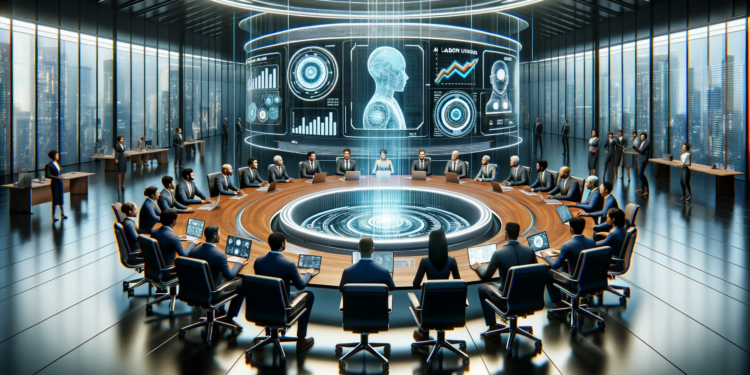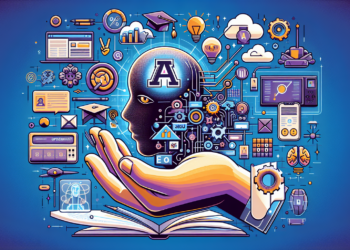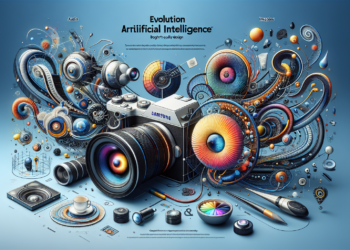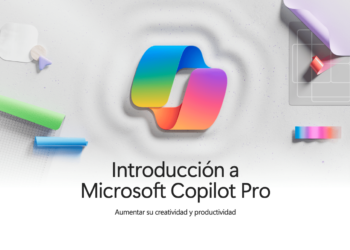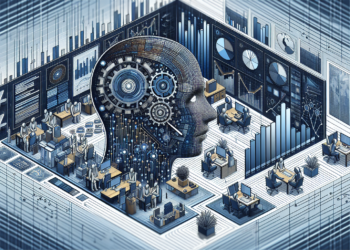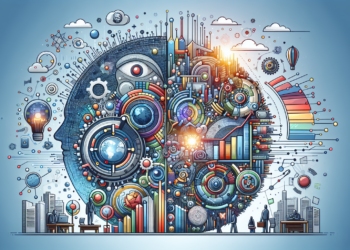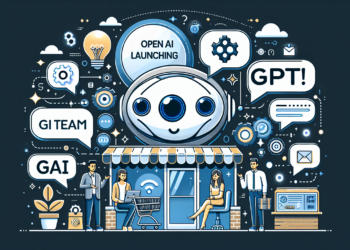Artificial Intelligence (AI) is advancing at a dizzying pace, reshaping entire industries with innovations that, until recently, were inconceivable. In this dynamic, key players such as Microsoft emerge, an entity that is not only at the forefront of technological development but also illustrates the evolution of the interaction between large tech corporations and unions in the context of AI.
A disruptive trend in labor relations is the incursion of artificial intelligence into employment and strategic decision-making. Microsoft opened a new chapter by recognizing the first workers’ union of a major U.S. tech company, anticipating potential conflicts inherent to the implementation of AI in the workplace.
Algorithm Advocacy in Human Resource Processes
In terms of human resource management, AI algorithms propel decisions on hiring, promotion, and termination of employment. However, this automation carries a significant challenge: mitigating algorithmic bias and ensuring fairness. Union action emerges as a counterbalance, demanding transparency in the algorithms used and promoting regulations that seek justice in automated decisions.
Convergence of AI and Workers
Beyond talent management, an area where unions play a leading role is in the training and adaptation of workers to automation. Microsoft takes the initiative by investing in training programs to enhance the digital skills of its employees. This practice reflects the emerging symbiosis between technological development and workforce training, aiming for a future where humans and intelligent systems coexist harmoniously.
Algorithmic Advances: Charting the Immediate Future
Contemporary AI has evolved beyond classical models like deep neural networks (DNN) and machine learning (ML). The use of natural language processing (NLP) techniques and the adoption of transformer architectures have enabled giant strides in understanding and generating language, a key skill for Microsoft and its suite of productivity tools.
Towards a Deeper Artificial Cognition
Within Microsoft’s investigative melting pot, one finds the development of models like GPT-3, heralding the emerging era of AI systems with advanced cognitive capabilities. Such systems not only interpret human language with unprecedented precision but are also capable of generating content, solving problems, and learning in a more autonomous way.
Integration of AI in the Cloud and at the Edge
With Azure, Microsoft leads the expansion of AI in the cloud and edge computing. This convergence enables the processing of vast volumes of data with minimal latency, allowing for real-time applications critical to sectors such as medicine, autonomous vehicles, and robotics.
Emerging Applications with Broad Reach
AI in Health
One of the most promising domains for AI application is health. Microsoft has collaborated closely with medical entities to deploy diagnostic systems that use deep learning for the early detection of diseases, such as diabetic retinopathy. These systems do not replace human judgment but provide an additional tool in the medical arsenal, refining the diagnostic process.
AI Tools in Creativity
In the creative field, AI advancements are manifested in tools that enhance artistic production and design. Using machine learning, platforms like Designer in Microsoft 365 democratize graphic design by automatically suggesting layouts for presentations and marketing materials.
Prospective Paths for Innovation
Future AI research focuses on increasing generalization, improving computational efficiency, and achieving greater explanatory transparency of models. The standardization of regulatory frameworks and the movement toward energy-efficient systems are also critical fields of development.
AI and Technological Convergence
Future waves of AI innovation are expected not to be isolated, but to converge with emerging technologies like quantum computing and blockchain, fostering an ecosystem of expansive applications with transformative potential.
Explanatory and Ethical Systems
Another frontier is the advance toward more explanatory systems: AI that not only decides but also justifies its decisions in a way that is intelligible to humans. This development is key to strengthening trust in critical applications and lays the foundation for robust ethics in automation.
Energy and Sustainability
AI is also headed toward combining energy efficiency with performance, under the imperative of sustainability. Lighter models that maintain high standards of accuracy and processing speeds align with the goals of carbon neutrality, which is crucial for future scalability.
Relevant Case Study: Project InnerEye
Microsoft’s Project InnerEye exemplifies the confluence of AI advancements with real-world applications in health. This project uses machine learning techniques for the analysis and segmentation of medical images, streamlining the planning of cancer treatment. InnerEye’s AI not only accelerates planning times but also boosts precision, demonstrating AI’s ability to work side by side with health professionals to improve patient outcomes.
In conclusion, the integration of artificial intelligence into the fabric of modern society requires advanced engineering, social sensitivity, and constructive dialogue between technology and labor. Microsoft emerges as a beacon at this intersection, driving technological innovation while nurturing socioeconomic evolution through collaboration with unions and ongoing investment in the training of its workforce. Developers, designers, and end-users must navigate these waters with awareness of their potential to forge an era of artificial intelligence that is not only smarter but also more human and equitable.

